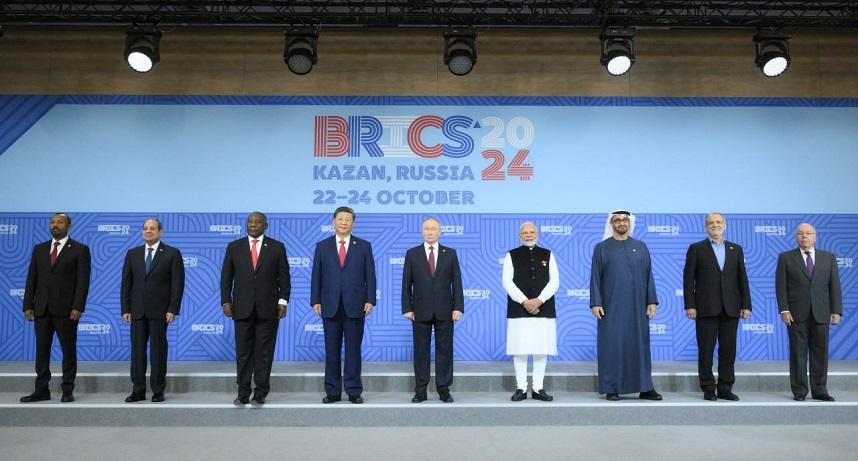The leadership of the Ministry of Environment and Energy is considering the possibility of reviving the measure of withdrawal, with the ultimate goal of renewing the fleet of vehicles in our country, which continues to have one of the highest average ages in Europe.
The Minister of Environment and Energy Costas Skrekas in a recent press conference on the climate law stressed that the withdrawal program is on the table, emphasizing that until it is implemented in practice there should be cooperation with other relevant ministries. Sources from the Ministry of Finance, invited to comment on this, state that they have not received any relevant suggestion, implying that the issue is primarily of interest to the competent ministries.
Regardless of the time that is chosen for the activation or not of the measure, analysts point out the benefits that will potentially arise. The first and most important benefit, as they say – if the measure is implemented -, is the gradual renewal of the fleet of vehicles circulating in Greece, which continues to “age” dangerously, while at the same time will contribute to faster electrification of cars, given that from 2030 onwards in Greece the sale of petrol and diesel cars will be banned (according to the climate law promoted).
Withdrawal incentive of 1,000 euros
At the moment, however, there is a “program” concerning the provision of a subsidy for the purchase of an electric car – which reaches up to 6,000 euros – while with the withdrawal of an old car, an additional bonus of € 1,000 is provided. So the prospective buyer who chooses an electric model, depending on the electric car he buys, can benefit from a discount from his final price of up to 6,000 euros plus 1,000 euros if he withdraws the old car he owns.
The possibility of activating a withdrawal program of old cars is triggering various reactions on the car market. Some executives say the measure should offer staggered subsidies for the purchase of a new car and provide greater financial incentives for used ones over 10-12 years old, with large engine capacity, which are also the most polluting and poorly maintained.
More serious according to the general director of the Association of Automobile Importers SEAA, Dimitris Patsios, is the problem as concerns older commercial vehicles. As he says, “these are cars with an average age of over 20 years, for which there should be an incentive for their fleet to be renewed”, pointing out that Greece has the oldest truck fleet in the EU, with an average age of almost 21 years. It should be noted that Estonia has the second oldest fleet, with 18.2 years, while in Austria or Germany the average age is 4-5 years.
At the same time there are some in the car market who appear skeptical about the possibility of a new withdrawal. Indicatively, the vice-president of STEEAE (Association of Tourist Car Rental Companies of Greece), Andreas Taprantzis, characterizes such a possible gift as costless, at a time when the car manufacturers can not supply new cars.
“We, as rental companies that manage the largest share of sales in Greece, know that even if the measure of withdrawal applies, it is impossible to find new cars, since there are long delays in the delivery of new models from factories. So it will be a useless gift, and in fact at the moment we are depending on how many cars each manufacturer will send to Greece. But we are not going to see big leaps in electric cars either, even if there is a more generous state subsidy through the withdrawal, as there are two serious reasons that hold back this option: one is the high acquisition cost, the second and it is equally serious that there is still no infrastructure for their charging “.
The history of withdrawal subsidies
The first withdrawal measure was implemented in 1991, creating queues of buyers. In just one year, 140,000 old cars – over 20 years old – were recalled and 167,000 new cars were registered (a record number for the time). The withdrawal measure was applied again in the autumn of 2009, where with the certificate of destruction of the vehicle the citizen received the amount of the withdrawal, which ranged from 500 to 2,200 euros, depending on engine size, while there was a subsidy of 1,000 euros for the purchase of a new car.
Equally beneficial for the renewal of the car fleet was the withdrawal measure that lasted for about three years (2011-2014, with three consecutive extensions). In 2013 alone, 62,575 “jalopies” were withdrawn and replaced with 46,761 new automobiles.





































